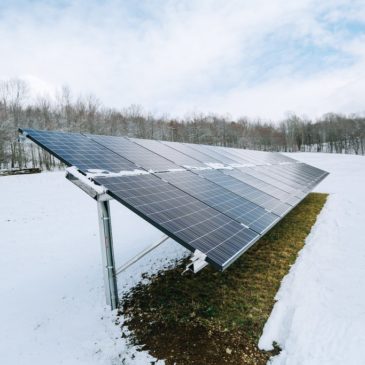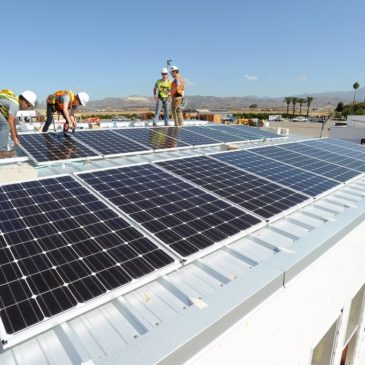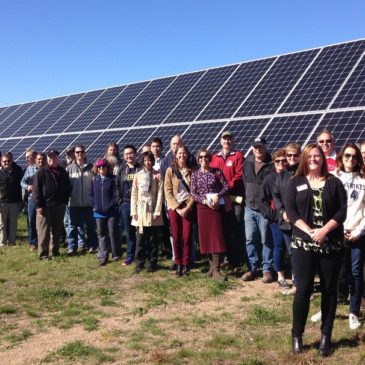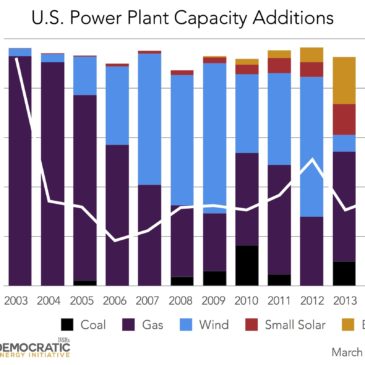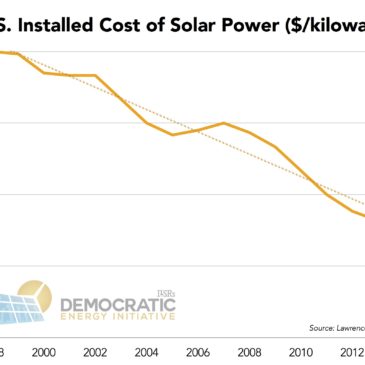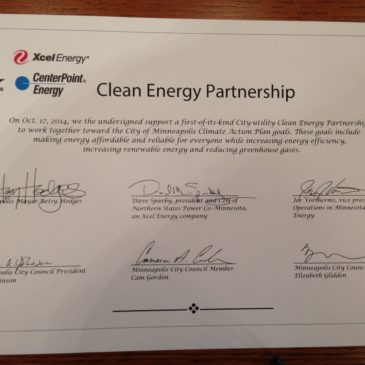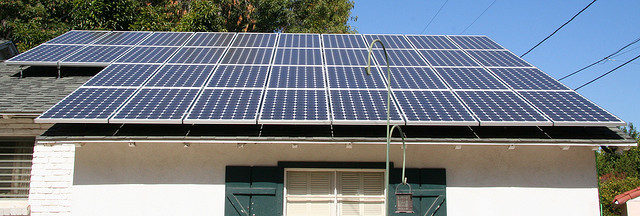Sparking Grid Savings Starts at Home
This 2020 update to a 2016 report finds that while new technology has made electricity demand response simple and cost-effective, and has opened the opportunity for residential savings, utility implementation of demand response programs is lagging.… Read More

